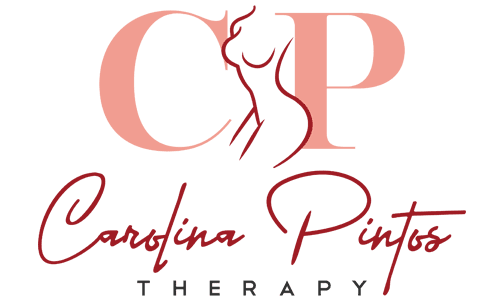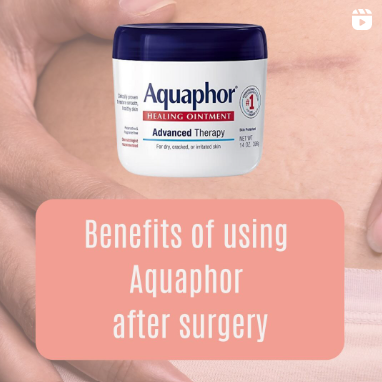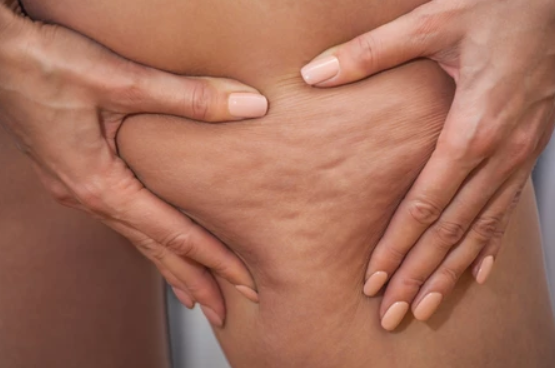Aquaphor, a widely recognized skincare product, has been a game-changer for many individuals undergoing tummy tuck recovery. This versatile ointment offers several benefits that can significantly enhance the healing process post-surgery. This article delves into why Aquaphor is a must-have in your post-tummy tuck recovery regimen.
Soothing Dry, Itchy Skin
One of the common discomforts following a tummy tuck is the sensation of dry, itchy skin around the surgical site. Aquaphor, with its blend of petrolatum, mineral oil, and lanolin, provides a soothing effect on the skin. It helps to retain moisture and alleviate the itchiness associated with the healing process.
Forming a Protective Barrier
Aquaphor forms a semi-occlusive barrier on the skin, which is beneficial in several ways. First, it protects the wound from external irritants and potential infection-causing bacteria. Second, it creates a moist environment that is optimal for wound healing. This barrier function is particularly crucial in the early stages of recovery when the wound is still fresh.
Minimizing Scarring
Scarring is a natural part of the healing process after a tummy tuck. However, the appearance of scars can be minimized with proper care. Aquaphor can aid in this process. By keeping the skin hydrated and flexible, it can help reduce the formation of excessive scar tissue, leading to a smoother, more even result.
Conclusion
Aquaphor is a valuable addition to your post-tummy tuck recovery regimen. Its ability to soothe dry, itchy skin, form a protective barrier, and minimize scarring makes it a go-to product for many individuals navigating their recovery journey. However, it’s always important to consult with your surgeon or dermatologist before starting any new skincare regimen post-surgery. They can provide personalized advice based on your skin type and specific recovery needs.
Sources
- “Wound healing and its impairment in the diabetic foot.” Brem, H., & Tomic-Canic, M. (2007). The Lancet, 366(9498), 1736-1743.
- “Scar management: prevention and treatment strategies.” Mustoe, T. A. (2004). Current Opinion in Otolaryngology & Head and Neck Surgery, 12(4), 242-247.
- “Moist wound healing with occlusive dressings: a clinical review.” Hinman, C. D., & Maibach, H. (1963). Dermatology, 227(2), 179-181.
- “The effects of topical agents on scar management: a biochemical study of normal human skin fibroblasts.” Kim, S. M., Choi, J. S., Lee, J. H., Kim, Y. J., Jun, Y. J., Kim, S. C., & Kim, H. Y. (2013). Archives of Plastic Surgery, 40(1), 20-27.
This writing is the original and exclusive property of Carolina Pintos and is protected under copyright law. Unauthorized use of the same without the express consent of Carolina Pintos will be subject to prosecution under applicable laws.






